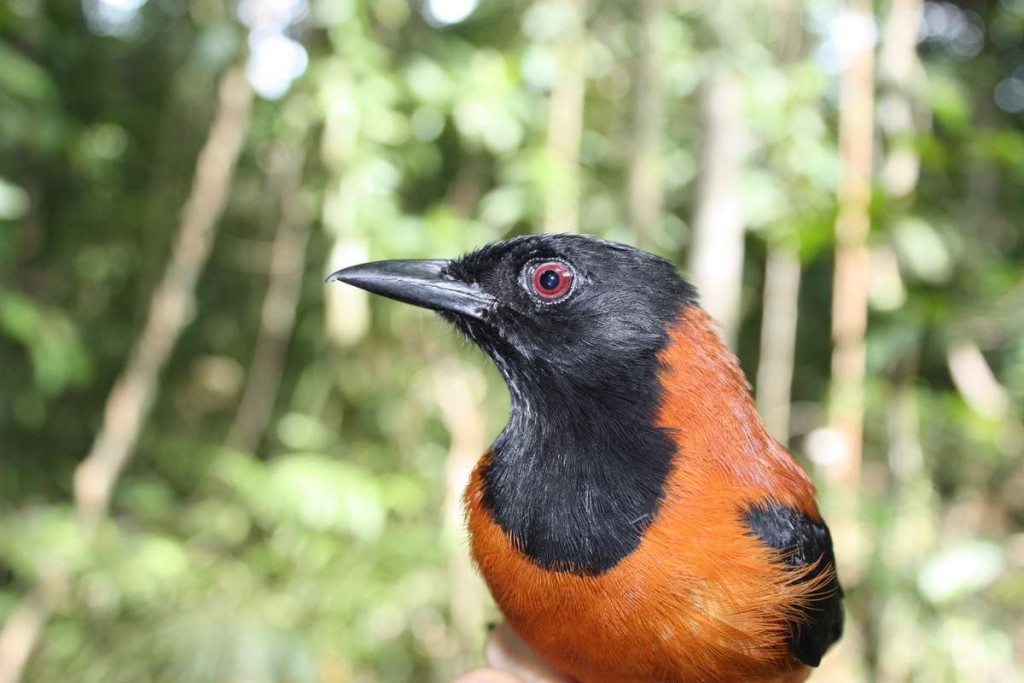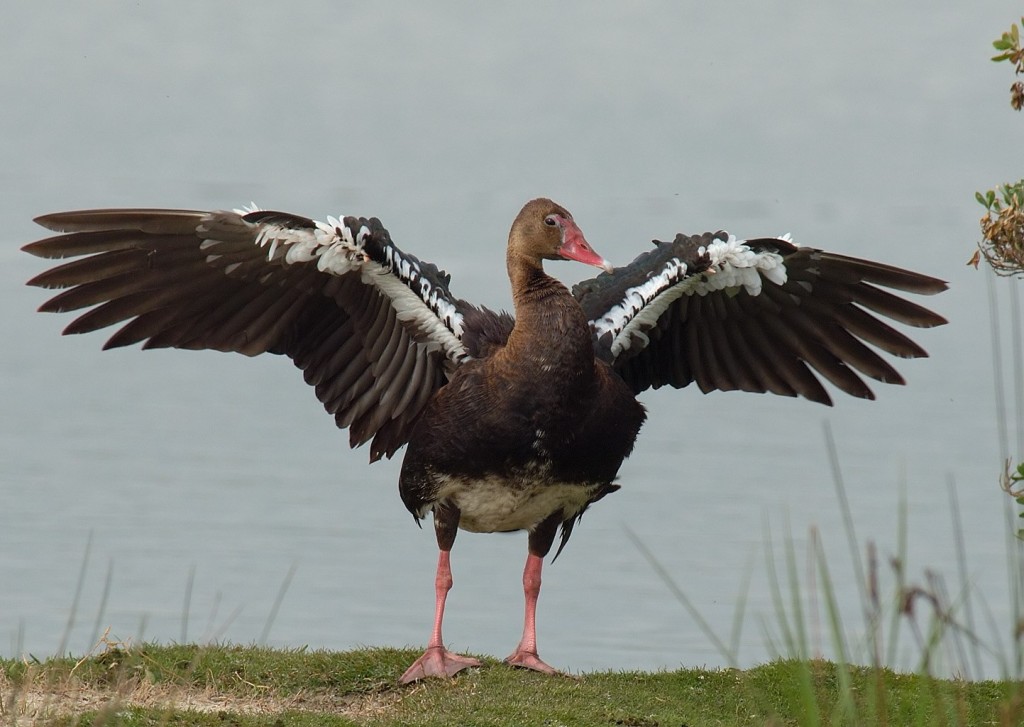July 8, 2022
Poisonous birds
We have all heard about poisonous snakes, frogs, spiders or insects more than once. But not everyone knows that there are poisonous birds in nature.
Venomous birds differ from venomous snakes in that their body does not produce poison on its own, but accumulates when they eat poisonous plants and animals. So gradually the body tissues become poisonous, and the bird itself not only remains healthy, but also acquires additional protection from predators and parasites.
One of these birds is the thrush flycatcher, belonging to the family of sparrows. The flycatcher has a small size: the body length is about 25 cm, and the mass is about 70 g.
The skin and feathers of this bird contain batrachotoxin, which is not produced independently, as, for example, in snakes, but is formed due to the peculiarities of its nutrition, for example, by beetles containing this toxin.
The good news is that batrachotoxin is not fatal to humans. It is only capable of causing unpleasant sensations in the form of itching of the affected area. But small animals, faced with the poison of a flycatcher, can suffer quite a lot: the toxin released by it leads to convulsions, respiratory arrest and palpitations.

Thrush flycatcher
Another poisonous bird is the spur goose, which belongs to the duck family and lives near freshwater reservoirs. The size of its body in length can reach 100 cm, and its weight is 6 kg.
An interesting feature of this goose is the spurs located on the carpal fold of its wings. It is in these spurs that the poison is contained, which, just like in the thrush flycatcher, is not produced independently, but accumulates due to abscess beetles, which live in large numbers on sown fields and are the diet of the spur goose.
 Spur goose
Spur goose
The blue–headed ifrita kovaldi is the last venomous bird in our selection. Its weight is not more than 600 g., and its length is about 20 cm. A potent poison is concentrated on the skin and plumage of this bird, causing chemical burns when it comes into contact with it. Once inside the predator's body, the poison can lead to its death in a matter of minutes.

The blue–headed ifrita kovaldi
Do you want to know about other poisonous birds? Follow the project "Let's save the Red Book birds of Russia together!" and subscribe to the newsletter.
The project is being implemented with the support of the Presidential Grants Fund.
Read more
July 31, 2024
April 12, 2024
April 5, 2024